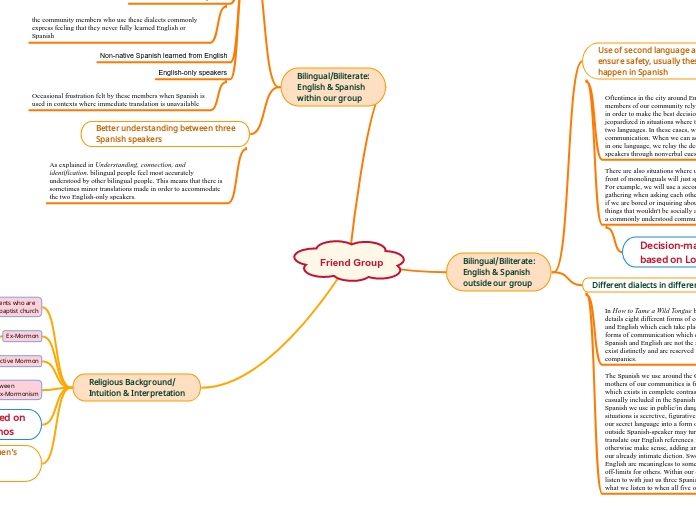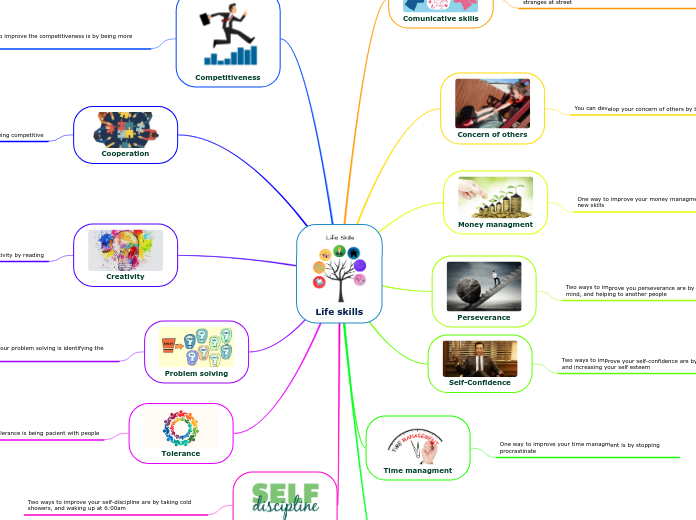por Jacey Wilson hace 3 años
169
Friend Group
In a diverse friend group, bilingual and biliterate individuals in English and Spanish navigate the complexities of communication and cultural understanding. Spanish speakers within the group often feel a deeper connection and understanding with each other, sometimes necessitating translations for the English-only members.









